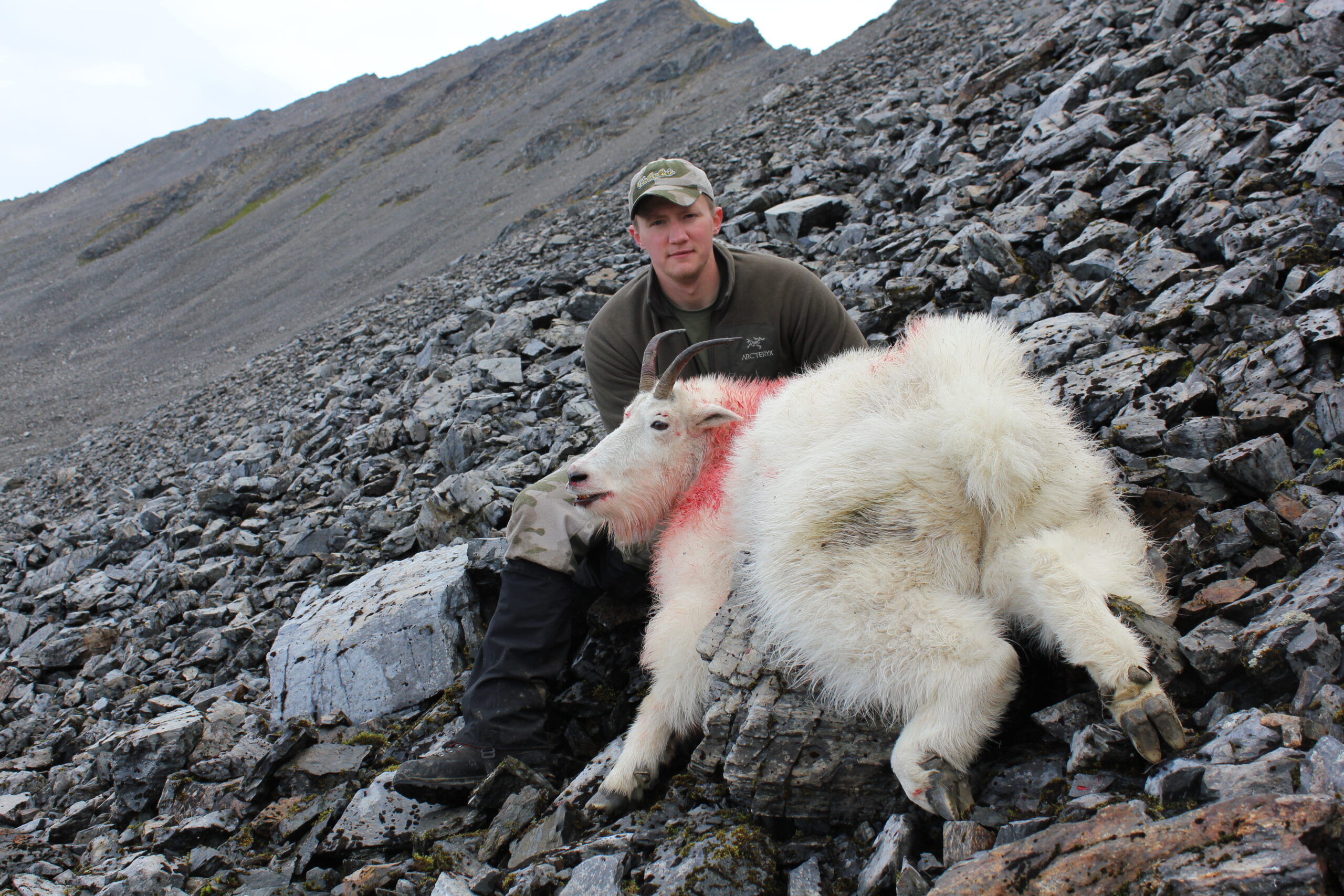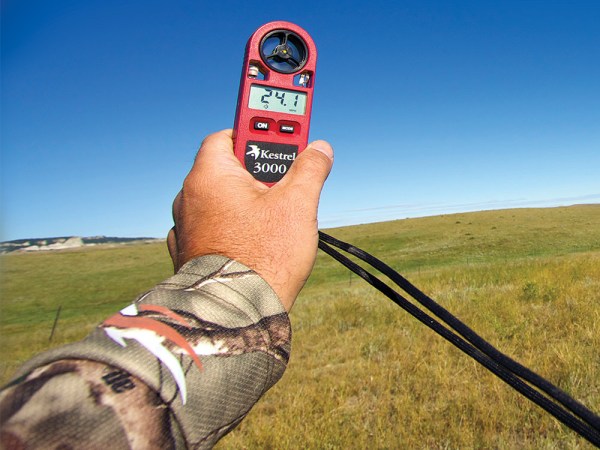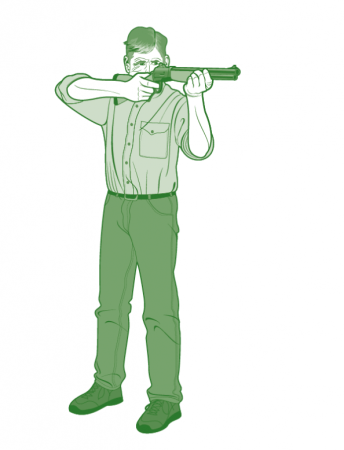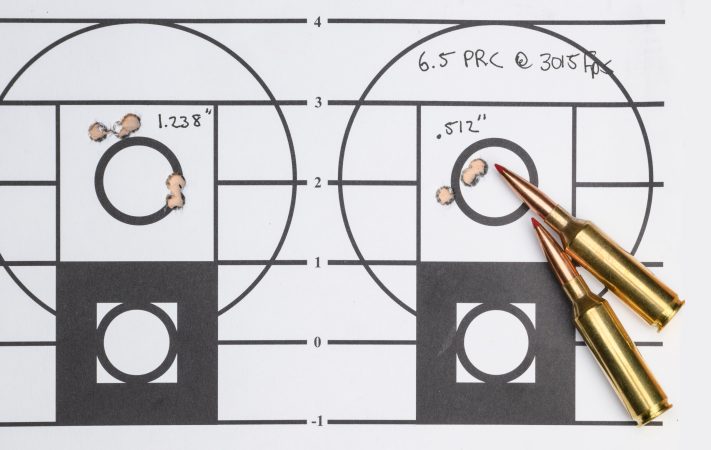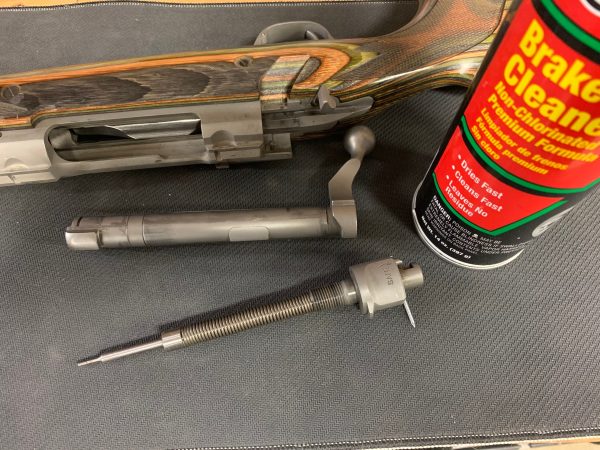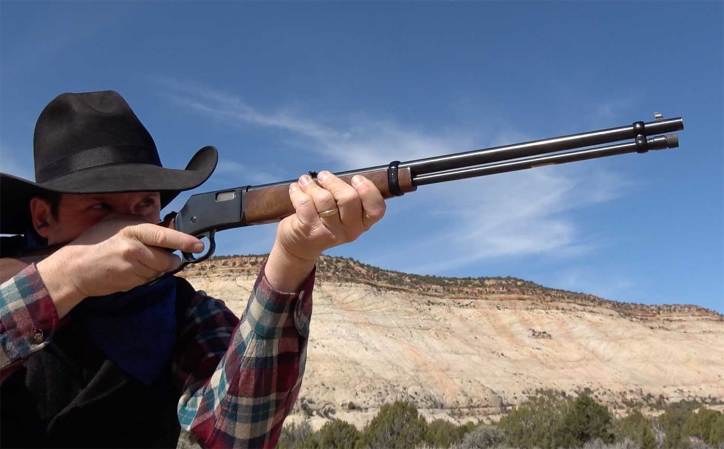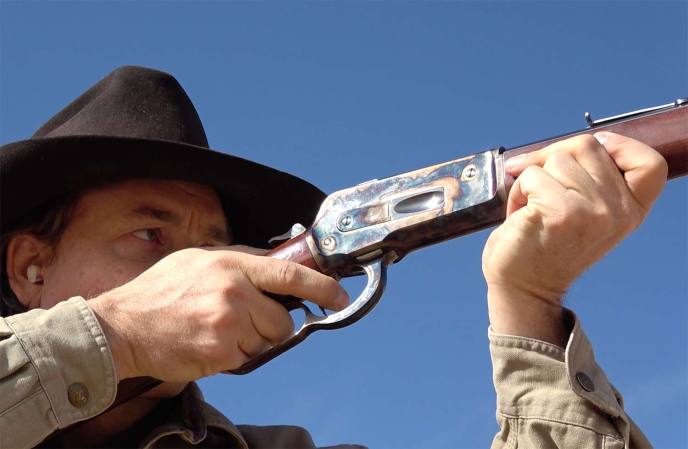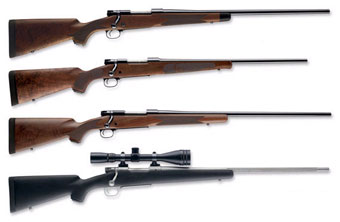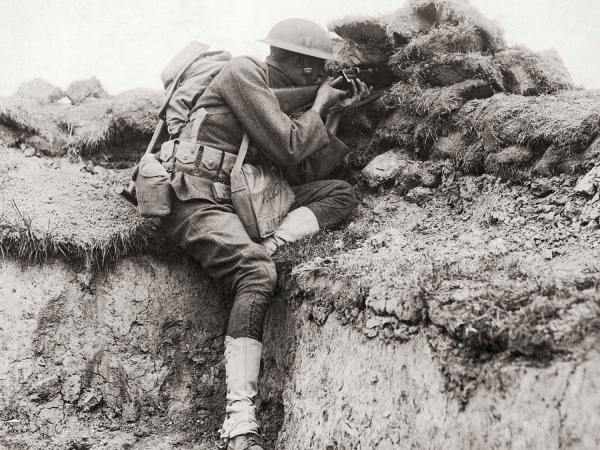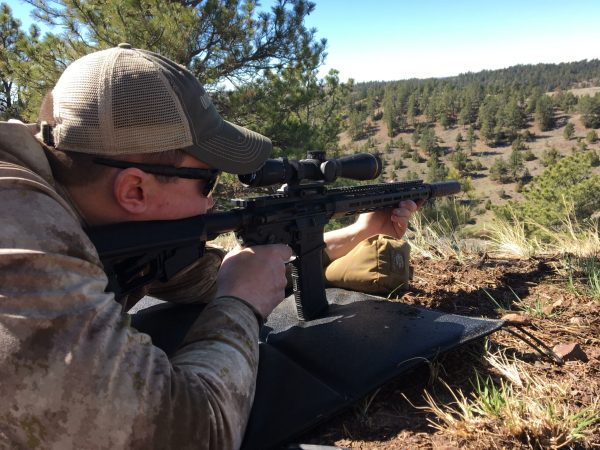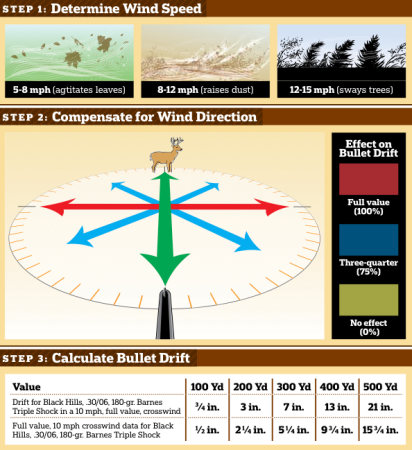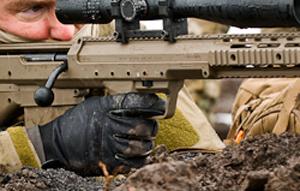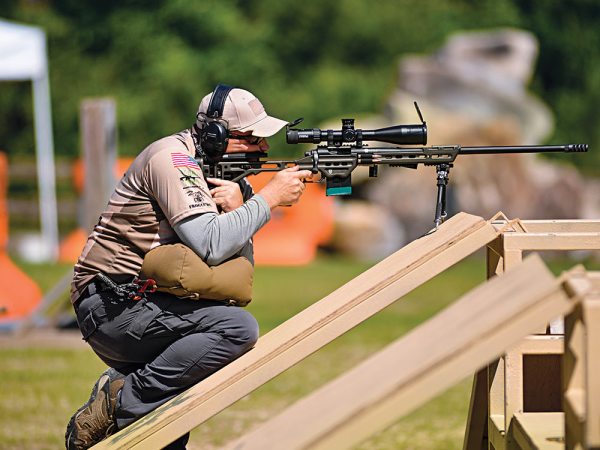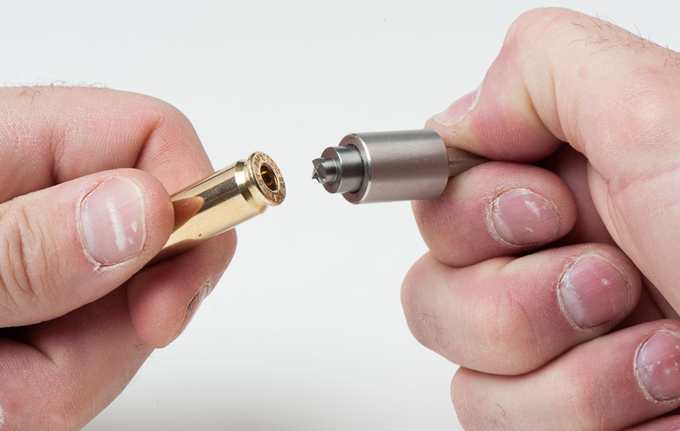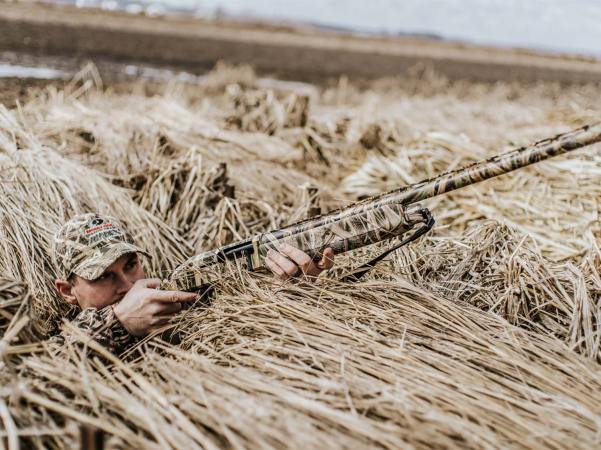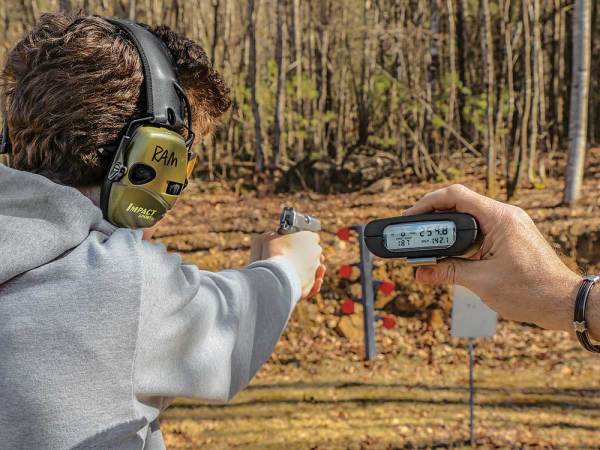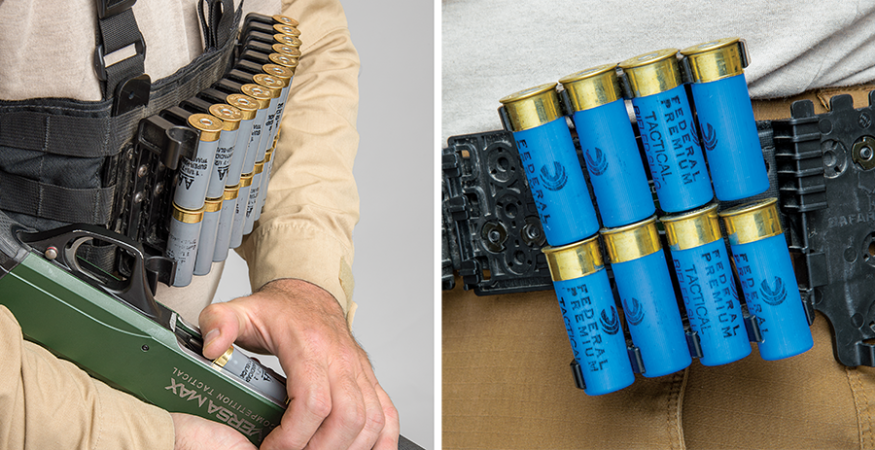We may earn revenue from the products available on this page and participate in affiliate programs. Learn More ›
Today’s rifles and riflescopes are more accurate than ever. Technology has taken much of the holdover estimation out of rifle shooting. For instance, custom scope turrets allow you to extend your range dramatically. Once you have your rifle zeroed with a specific load, an aftermarket turret will help you make more precise shots at reasonable distances. But if you’re hunting in the mountains or in other terrain that will require you to make a steep-angled rifle shot, you need to understand how your point of impact will change, and how your equipment can (and can’t) help you make the right adjustments.
Whether your shot is uphill or downhill, a steep-angled shot will give you a different point of impact than shooting at the same target and distance on level ground. Gravity is the primary influencing force on your bullet’s trajectory. When shooting uphill or downhill, gravity isn’t pulling at your bullet perpendicularly like it would on a level shot. So, trajectory and the point of impact, as they relate to your line of sight through your optic, will change. Shooting at an angle (up or down, it doesn’t matter) gives you a higher point of impact than shooting horizontally at the same range, so you will need to aim lower to ensure your shot connects with the animal’s vitals.
In order to make an accurate shot at an angle, you need to know the horizontal distance to the target. This is because your point of impact will be equivalent to shooting horizontally at that range, even though the actual distance to your target might be significantly farther. For example, if you’re taking shots under 250 or 300 yards, you really don’t need to make angle compensation. But at longer distances, it can become very important to take into consideration. I once missed a Dall sheep over his back at a shot well beyond 300 yards because I unknowingly failed to make the proper angle adjustment. With a means to measure the shooting angle and a simple formula, you can calculate your effective range-to-target.
To find the proper range when shooting at an angle, you have to calculate the True Ballistic Distance of your shot, which gives you the actual horizontal distance you need. You do this by measuring the cosine of the angle of your shot (you will need a scope-mounted angle indicator) and the distance to the target (by using a rangefinder). You then multiply the cosine measurement by the distance, and come up with the proper yardage you need to dial your turrets or account for holdover.
For example, say you’re shooting uphill at a target 700 yards away at 30 degrees of angle. The cosine for 30 degrees of angle is .87 (that’s rounded). Multiply that by 700, and your actual yardage, or TBD, is 609.
Read Next: Why Every Hunter and Recreational Shooter Should Own a Suppressor
Obviously, making that calculation in real time isn’t ideal for most hunters. Fortunately, many rangefinders have a built-in True Ballistic Distance function that does this calculation for you. You just have to make sure that function is turned on when you range the animal. That’s why I missed my ram at 560 yards—I failed to realize the angle-compensating mode needed to be manually activated. I had dialed my turret for the actual distance to the sheep, not the horizontal distance.
The good news is, practicing these shooting scenarios is more important than understanding the mathematics behind taking steep-angle shots. You will be shooting from varied positions in the field, so account for that in your practice. Steep shots can often be challenging to obtain a solid, consistent shooting position. When shooting uphill, it can sometimes be tough to get down low behind the rifle, because your head tends to ride higher and lean forward. Some downhill shots can be difficult to position your body and keep your head high enough for a solid, accurate position. It can also be harder to find a solid base to shoot prone from, especially if you’re on the side of a rocky mountain.
So, what’s the real solution to this math problem? Practice.

